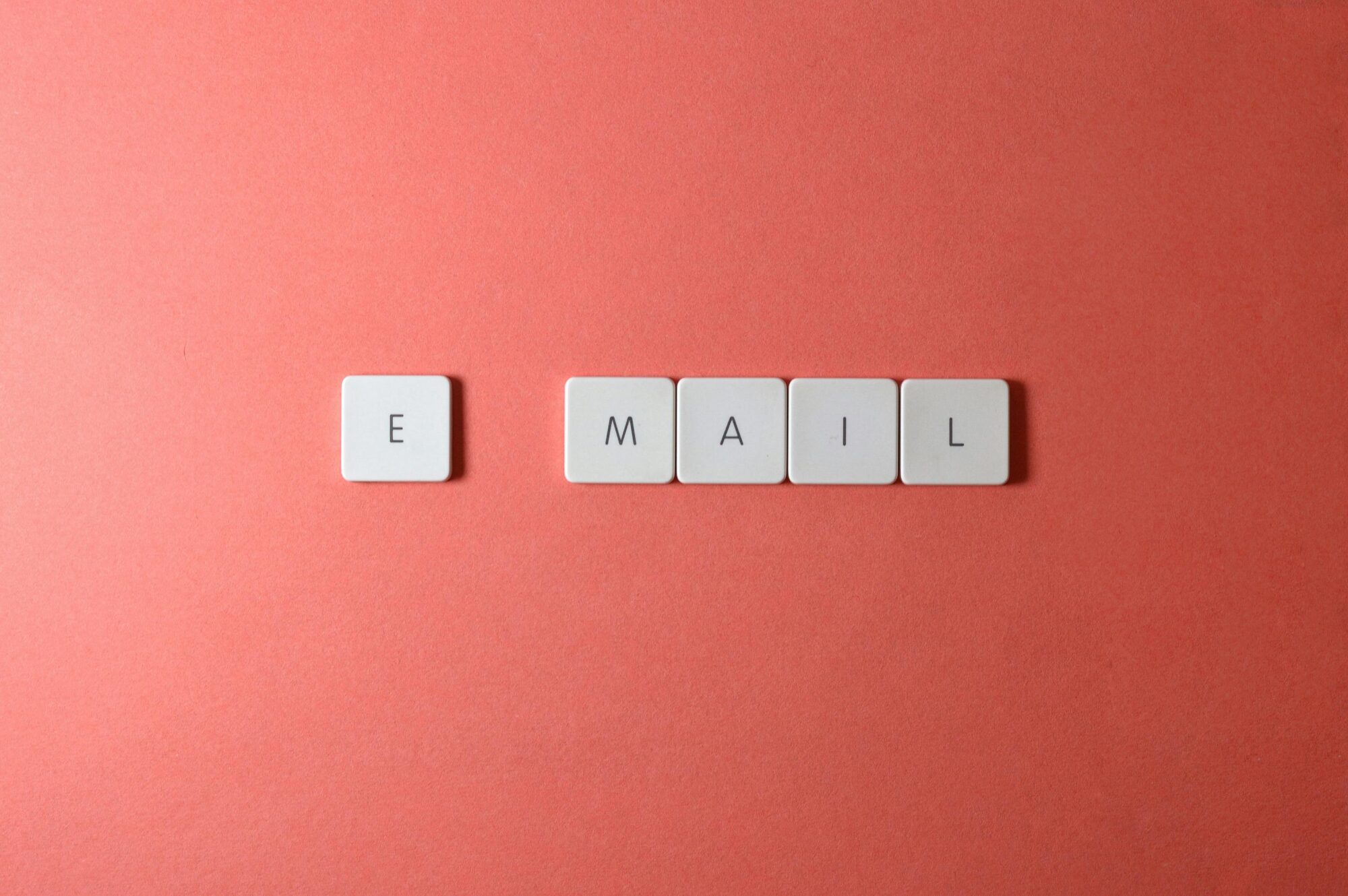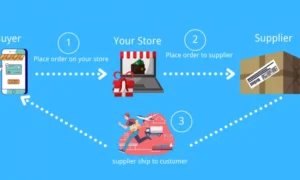Want to make your business more efficient?
By 2025 the global email user base will reach 4.5 billion people but projections show that it will surpass 4.8 billion by 2027. Using an effective email strategy gives you access to millions of potential customers.
The problem?
The majority of companies fail to utilize their email lists to full potential. Companies are squandering opportunities for substantial productivity improvements and failing to maximize their financial gains.
This article will teach you effective email list strategies that can enhance your business productivity in 2025.
Let’s jump right in!
Inside this guide:
- Why Email Lists Matter for Business Productivity
- How to Build a Quality Email List
- Segmentation Strategies That Actually Work
- Automation Techniques to Save Time
- Measuring Email Marketing Success
Why Email Lists Matter for Business Productivity
Email lists stand as one of the strongest assets available to any business. If you haven’t begun creating a proper email list yet here are three primary reasons why you need to start.
Direct Access to Your Audience
A targeted email list provides direct communication with individuals who show interest in your business.
Why? Email marketing provides you with complete control over your audience unlike social media where algorithms determine who sees your messages. You establish a direct communication channel to reach potential customers when you build quality business email lists.
Think about it:
Since 60% of consumers like brand communication through email you’re reaching your audience at their preferred interaction point. The result leads to improved engagement rates and more streamlined communication efforts.
Here’s a client that my team assisted with. The company aimed to enhance their productivity and sales figures while maintaining their current staff size.
Our team assisted them in developing a targeted email list while deploying automation solutions. Within three months, they saw:
- 27% increase in sales
- Customer follow-ups required 35% less time.
- Improved customer satisfaction scores
It makes sense, right? Direct access to your audience enables more efficient communication which improves business productivity throughout your organization.
Cost-Effective Marketing
Email marketing offers exceptional cost savings when compared to other marketing channels.
Email marketing delivers exceptional returns since businesses earn $36 for every dollar invested. That’s a 3,600% ROI!
Here’s why email is so cost-effective:
- No printing or postage costs
- No ad spend required
- Automation reduces labor costs
- Targeting reduces wasted outreach
Your marketing budget extends further which allows you to direct resources towards other essential business areas.
Better Time Management
A top yet overlooked advantage of maintaining a quality email list lies in its ability to optimize time management throughout your company.
Email becomes a dependable method to connect with your audience because 89% of email users check their inbox multiple times per day.
But there’s more to it:
A proper email plan enables your business to automate repetitive tasks such as:
- Customer onboarding
- Order confirmations
- Follow-up sequences
- Abandoned cart reminders
Automation allows your team to dedicate their time to growth-driving activities instead of manual follow-ups.
How to Build a Quality Email List
Since you know the importance of email lists for productivity let’s explore the creation of quality lists that generate results.
Create Valuable Lead Magnets
Attract subscribers to your email list by providing an exchange of valuable content for their email address.
These lead magnets have proven effective in growing email lists:
- Free guides or ebooks
- Checklists
- Templates
- Discount codes
- Free trials
- Webinars or workshops
Your lead magnet needs to provide real value to your target audience to be effective. Your lead magnet must address and resolve a particular problem your audience is experiencing.
As an accounting firm owner you could provide potential clients with a complimentary tax preparation checklist during the tax season period. Potential clients gain direct benefits and you collect their email addresses at the same time.
Use Strategic Opt-in Placements
The location of your opt-in forms plays a crucial role in their performance. Your opt-in forms should be located in spots where visitors will see them but will not find them intrusive.
The best locations for placing opt-in forms are:
- Exit-intent popups
- After blog posts
- In your website header
- On your about page
- Within relevant content
- On landing pages
Placing only one form in the footer of your website and expecting positive results will not improve your opt-in numbers. Your website signup rate can see significant growth through strategic form placement.
Segmentation Strategies That Actually Work
A large email list becomes ineffective if each subscriber receives identical generic messages. This is where segmentation comes in.
Segment by Customer Behavior
The optimal method for segmenting your list depends on the ways customers engage with your business.
You can segment based on behaviors like:
- Purchase history
- Website browsing behavior
- Email engagement
- Shopping cart abandonment
- Content downloads
A customer who frequently opens emails and has made multiple purchases should get different content than a subscriber who joined last week and hasn’t completed any purchase yet.
The targeted method delivers relevant content to users resulting in better engagement and productivity by concentrating your actions on the most impactful areas.
Segment by Customer Journey
I prefer segmentation strategies that separate customers according to their current stage in the brand journey.
This typically includes:
- New subscribers
- Prospects (interested but haven’t purchased)
- First-time customers
- Repeat customers
- VIP customers
Different messages are necessary to help each segment move forward in their customer journey.
You can surpass the average 2025 email open rate of 22% for brands by implementing customer journey segmentation to deliver content that matches customer needs.
Automation Techniques to Save Time
Productivity gains reach their peak potential through email automation. Smart automation sequences allow you to nurture leads and deliver customer service around the clock without needing human input.
Welcome Sequence Automation
The welcome sequence represents your initial opportunity to engage new subscribers effectively.
A good welcome sequence should:
- Deliver your lead magnet
- Introduce your brand and values
- Set expectations for future emails
- Provide immediate value
- Include a soft call-to-action
This automation operates independently after setup which eliminates hours of manual tracking while maintaining personalized correspondence with new subscribers.
Behavior-Triggered Emails
Subscribers receive automated emails after performing certain actions. These messages work well because they reach subscribers at the right moment with applicable content.
Some powerful behavior triggers include:
- Abandoned cart emails
- Product view follow-ups
- Purchase thank you sequences
- Re-engagement campaigns for inactive subscribers
These automated sequences operate 24/7 to recover sales and nurture relationships while freeing your team from needing constant monitoring.
Measuring Email Marketing Success
Your email list productivity reaches its maximum potential when you determine which strategies succeed and which ones fail.
Key metrics such as open rate, click-through rate and conversion rate require your attention while tracking your email marketing performance. Performance benchmarks can be established through B2C brands’ 2.8% conversion rate and B2B brands’ 2.4% conversion rate.
The Takeaway
The use of targeted email list strategies provides essential support for increasing business productivity in today’s digital world.
Developing high-quality lists together with proper segmentation and smart automation allows businesses to connect with more clients without additional effort while increasing revenue without adding to workloads.
You should treat email marketing as a continuous system and avoid running isolated campaigns when you design your marketing strategy. A properly constructed system will turn into a productivity powerhouse for your whole business.
The opportunity will be immense when nearly 4.5 billion users send emails globally by 2025. True success depends on maintaining high quality standards and relevant content consistently rather than relying solely on how many email addresses you have.
Implement these strategies now to witness your business productivity reach new heights while results improve.


































